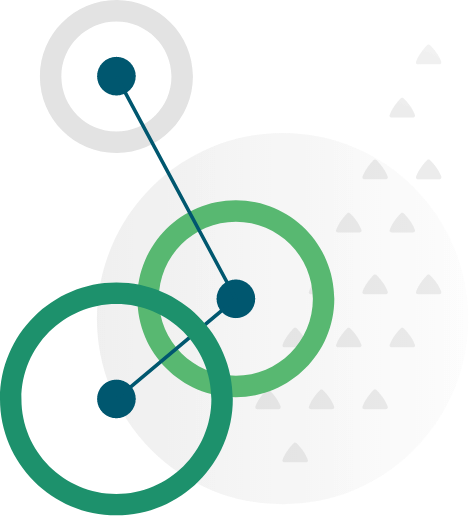According to the report “State of the Cloud 2021,” published by Bessemer Venture Partners, an estimated 80% of all sales interactions will happen through digital channels by the year 2025.
In the enterprise space, the catalyst for this increase in digital channel sales is the rise of software-as-a-service (SaaS), which has increasingly made inroads with companies. And for good reason. The flexibility SaaS provides how employees work can benefit both them and companies as a whole.
As SaaS continues to explode in popularity, however, it’s becoming increasingly hard for independent software vendors (ISVs) to make their products stand out in a crowded market. At the same time, IT teams at companies constantly live with the worry that the SaaS offerings being downloaded may pose a security risk.
Digital channels like the Azure Marketplace can help both ISVs and enterprise IT address these challenges by providing:
- A simplified way for first- and third-party SaaS offerings to be promoted, purchased, and downloaded
- A trustworthy channel where SaaS offerings are thoroughly vetted for security and privacy before they are made available for sale
In addition, ISVs in particular can realize substantial value by partnering with the right digital channel. For example, ISVs entering the Azure Marketplace are able to:
- Greatly expand the reach of their product via access to Microsoft’s 1 billion global customers
- Simplify their sales by utilizing Azure’s centralized commerce engine for the industry low fee of just 3% of purchases
- Chart a path for future growth with access to the 95% of Fortune 500 companies that use Azure and other Microsoft cloud products
 The path to Azure Marketplace
The path to Azure Marketplace
The first thing to know about Microsoft’s digital channel is, it's actually two storefronts.
The Azure Marketplace offers solutions for IT professionals, enterprise architects, developers, and specialist roles.
AppSource, while living under the Azure Marketplace umbrella, is intended for business decision-makers—those in charge of procurement, manufacturing, accounting, and so on.
As for listing a product on either of these storefronts, ISVs have four options. These are:
1. Free Trial
Customers can use a product anywhere from one day to six months at no cost. Once the trial period has ended, the customer is automatically charged for the plan they’re using unless they cancel before the trial ends.
2. Test Drive
Similar to the Free Trial, a Test Drive listing provides customers with a preconfigured environment for a fixed amount of time in order to give it, well, a test drive.
3. Contact
The simplest listing, Contact, is just a description of the product an ISV is offering along with a button on the store page to connect with the ISV to talk about their solution.
4. Get It Now
This is the most flexible listing for ISVs, since they can offer their solution for free or via an instant download following a transaction. These transactions can be a subscription to the product, usage-based pricing, or a one-time purchase.
One important thing to note is that once an ISV has chosen a listing type out of the four options above, they’re unable to change it after the offer has been published in the marketplace. So choose wisely.
As for the process of getting a product listed on either of the storefronts, there are a series of steps ISVs need to take. These are:
- Enroll in the Microsoft Partner Network
- Apply to have your product listed on Azure Marketplace or AppSource
- Register as a publisher and build out your offer
- Hit public after previewing and testing your listing
 Things to keep in mind
Things to keep in mind
Like any marketplace, both Azure Marketplace and AppSource have requirements any ISV needs to meet to have a successful submission.
On the transaction front, each product submitted must have at least one plan as part of the offer. Plans also need to be priced based on the pricing model you choose before publishing, with the capability for customers to cancel at any time.
The technical requirements are a bit more in depth, consisting of:
- SaaS Fulfillment APIs must be used in order to integrate with both storefronts
- Any service that can interact with the SaaS subscription in order to create, update, and delete a user account or plan must be exposed
- Critical API changes must be supported within a day
- All explanations of usage fields to college information must be detailed and available in documentation
None of these requirements are particularly arduous—in fact, they’re all pretty much common — but it’s important to meet them prior to publishing your offer to avoid delay.
To learn more about submitting your products to Azure Marketplace, or for help submitting direct from marketplace experts, contact us today.
Categories
- Cloud Migration and Adoption
- Enterprise IT and Infrastructure
- Artificial Intelligence and Machine Learning
- Data Management and Analytics
- DevOps and Automation
- Cybersecurity and Compliance
- Application Modernization and Optimization
- Featured
- Managed Services & Cloud Cost Optimization
- News
- Workplace Modernization
- Tech We Like
- AWS
- Social Good News
- Cost Optimization
- Hybrid Cloud Strategy
- NVIDIA
- Application Development
- GPU




